Here are facts you should not ignore:
- Flooding can happen practically anywhere at any time
- 25% of all flood damage occurs in low- to moderate-risk areas
- Floods occur in all 50 states
- Flooding is the costliest and most common natural disaster in the U.S. (2)
- Most Americans are seriously under insured
In the Northeast, floods can occur from spring snow melt, rapid rainfall, changing weather patterns and clogged rainwater systems. In general, they can also occur from tropical cyclones, structural failure leading to flash floods, or new building development.
It doesn't take much water to destroy a property and wipe out the finances of an uninsured homeowner or business. The National Flood Insurance Program (NFIP) estimates that 1 inch of water in a home can create $20,000 worth of damage (3). And yet, few property owners have flood insurance (besides those in high-risk areas who are required by their lenders to purchase NFIP policies).
Think about this:
- Only 12% of U.S. homeowners had a flood insurance policy according to an Insurance Information Institute poll in 2016 (4)
- Less than 20% of homes damaged in Hurricane Harvey were insured for flood.
- 56% of respondents mistakenly believed that a standard homeowners policy covers flood damage according to a March 2017 survey.
- Most business insurance policies exclude flood damage.
- Flood maps are drawn by FEMA. Some research suggests that current flood maps seriously underestimate those in the high-risk 1-in-100-year floodplain, and one study suggests 40 million Americans, instead of the current estimate of 13 million, are at high-risk.
What about you?
A licensed insurance agent can help you understand the different insurance products available. Even with government-backed NFIP policies, some people may need excess coverage to cover up to replacement cost, and still others may benefit from various coverage options available with private insurance products instead of an NFIP plan, when available.
Ask a licensed Connecticut Insurance Exchange agent about flood insurance today.
Source: (1) According to the National Oceanic and Atmospheric Administration (NOAA). (2) FBLIC (3) National Flood Insurance Program (NFIP) (4) Insurance Information Institute Poll

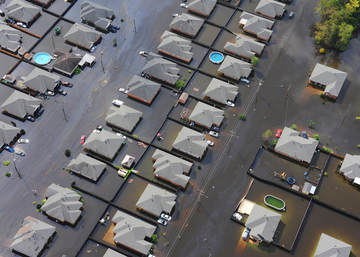

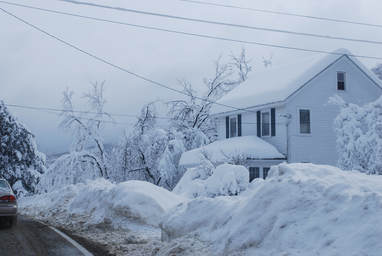

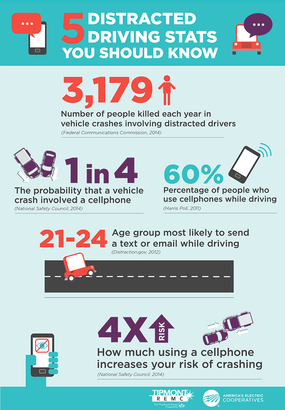

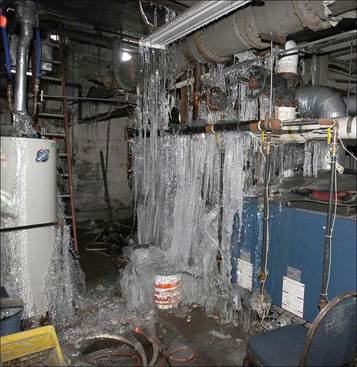



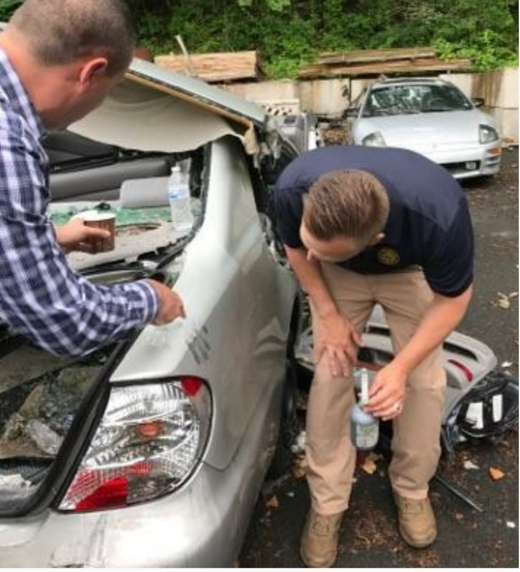
 RSS Feed
RSS Feed